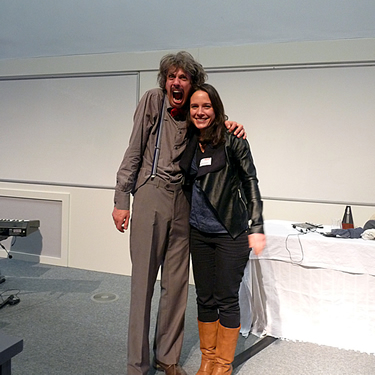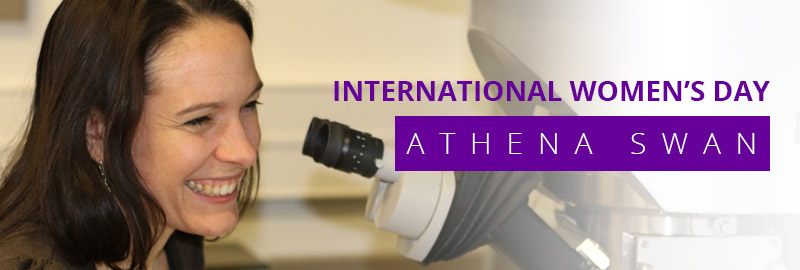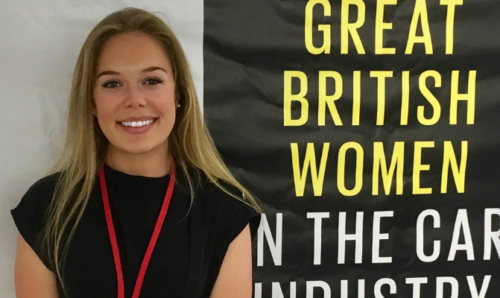International Women’s Day: Athena Swan
Women in STEMM 8 March 2016
Hi all. As you may or may not know, today is International Women’s Day 2016. This is such an important yearly event that I wanted us to mark it on the blog, but the question was how. In the School of Materials there were just so many options. We are lucky enough to have a huge amount of female staff and students in the School and, as you’ll read below, our numbers stack up pretty favourably in comparison to some other STEMM departments. But that doesn’t mean there isn’t more to do and lots to think about. That’s where Athena Swan comes in. For that reason, I thought I’d approach previous #MondayMaterials interviewee Sarah Haigh to tell us a little bit more about it:
“Hello all – and happy International Women’s Day!
“Some of you will have heard of “Athena Swan Awards”, but what do you actually know about them?
The Athena Swan Charter was established in 2005 by the Equality Challenge Unit to “encourage and recognise commitment to advancing the careers of women in science, technology, engineering, maths, and medicine (STEMM) employment in higher education and research”. However, the good practise that is championed by Athena Swan is not only applicable to STEMM subjects and not only to women. Consequently, last year, the Charter was expanded to include other subjects and gender equality more broadly, and not just barriers to progression that affect women. The School of Materials applied and was successfully awarded the first level (Bronze) Athena Swan Award in 2013. This year we will apply to upgrade to Silver.

The motivation for applying includes both ‘carrots’ and ‘sticks’. The carrots are happier staff and students, as well as improved visibility and reputation for our School. The stick comes into play when you consider that funding bodies are increasingly making an Athena Swan Award one of their necessary requirements for grant applications.
The Athena Swan application process involves examining culture and procedure, recognising factors where improvements are needed, and implementing actions to bring about positive change. Goals might include: improving progression of students and postdocs into academic roles; improving diversity amongst senior management, and/or improved opportunities for flexible working. However, achieving ‘best practise’ can be complex – we are encouraged to have diversity within appointment panels – but implementing this could lead to ‘minority’ academics and support staff being overburdened by spending a disproportionately large amount of time on interview panels!
The large size and unusual diversity of our School is definitely a strength. We have a greater proportion of female staff and students than many STEMM departments. But it is also a challenge (for the application procedure we have to clearly address many aspects within a strict word limit!)
The best ‘positive actions’ respond to specific concerns and benefit everyone in the School . Examples of this include the postdoc forum and the recent mock fellowship interviews. We greatly value individual input so if you have ideas or suggestions please do get in touch (sarah.haigh@manchester.ac.uk).”
Thanks, Sarah, for that fascinating insight. To the rest of you, what have been your experiences of Athena Swan? Or what about IWD in general? Please let us know in the comments.
Athena SwanInternational Women's DaySchool of MaterialsThe University of ManchesterWomen in STEMM





Leave a Reply